If you’re at a premium for space, building a kitchen extension could well be the answer to your problems.
One of the most popular building activities for homeowners in the UK is the kitchen extension. The kitchen really is the heart of the home, and the potential for creating a wonderfully inviting and warm space is limited only by your imagination and budget.
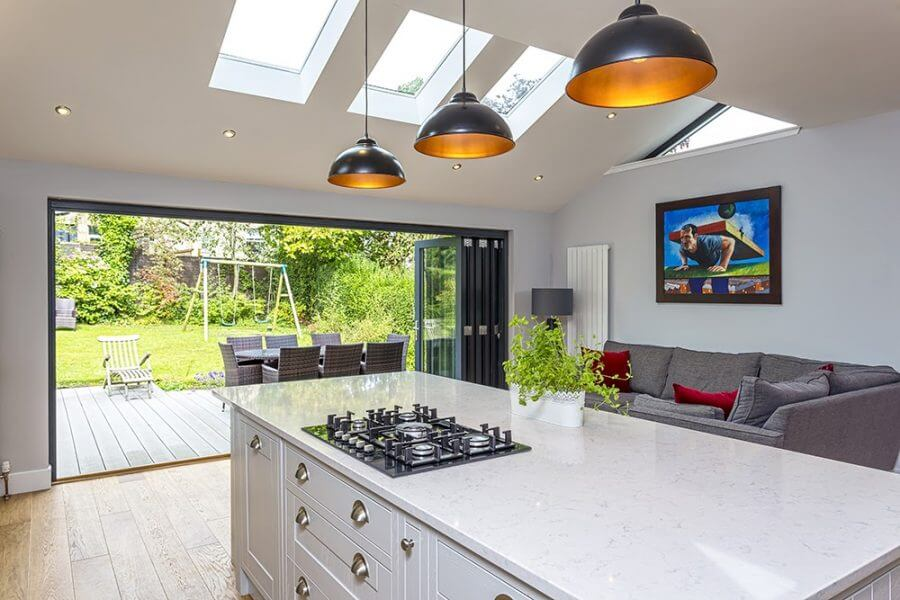
Focus on Interior Layout
The required space for your kitchen extension will depend on how you plan to utilise the area. Paying for too much, or too little, means that your extension will be out of proportion with the rest of your home.
Traditionally, the kitchen is the centre of family life, where we cook, eat, work, socialise, and relax, which is why open-plan or semi-open-plan is the best way to make the most of your extended space.
The key to making the most of your extension is deciding how best to use the layout to your advantage. Decide on styles, decorations, and accessories after you’ve put together your expansion design.
One of the most effective approaches is to think about zoning the space. Even in an open-plan kitchen, you can subtly divide the area into cooking, dining, and socialising zones by using furniture, flooring changes, or lighting to define each part. This helps the room feel organised while still maintaining a sense of flow.
Storage is another important consideration. Built-in cabinetry, hidden pantries, and multifunctional islands can keep clutter out of sight, while still ensuring everything is within easy reach. Thinking about storage early on prevents your new kitchen from becoming overcrowded once in use.
Lighting should also be part of your layout planning. A mix of task lighting over counters, ambient lighting for dining, and accent lighting for display areas can transform the space’s look and functionality.

What Kind of Extension Do You Want?
With plenty of time and consideration, even the smallest kitchen extension can majorly impact your day-to-day lives for the better. It allows you to rearrange the entirety of the current space to create something entirely new and simultaneously add value to your home.
There are ultimately a few different routes to take with the kind of extension you require. A side return extension is an option if you live in a semi-detached or detached home, while a single storey extension offers flexibility and can be adapted to suit a variety of kitchen layouts. Whatever you choose, it’s just a case of making the most of the space.
Wraparound extensions are another popular option, combining a rear and side return to maximise space and natural light. For families needing even more room, a double-storey extension can add valuable living space above the kitchen, which is especially useful for creating extra bedrooms or bathrooms.
If you prefer a more distinctive finish, you might look at a traditional orangery or a contemporary glass box design. Orangeries balance brickwork with large glazed panels, while glass boxes create a striking contemporary feel and flood the space with daylight.
It’s also worth weighing up the lifestyle benefits against the costs. Some designs may demand more investment upfront, but the added value and enjoyment of the space make them worthwhile in the long term.
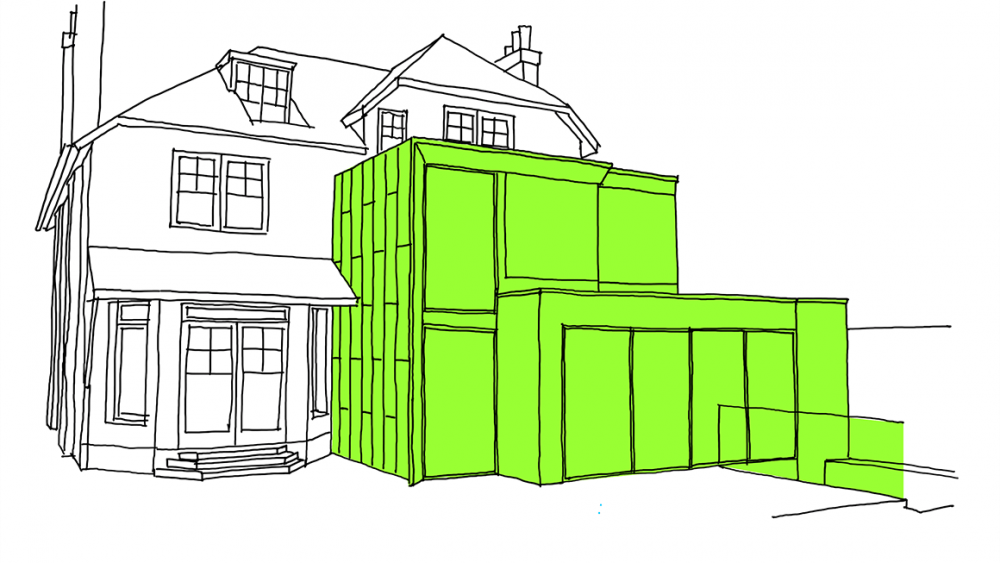
Where Will the Extension Go?
As we’ve already mentioned, you could extend to the side or at the rear of your home for added capacity. In a terraced property, a side return extension, depending on boundaries, may be all you need for the kitchen you’ve always wanted.
In a traditional townhouse, a basement conversion with a light well leading up to the garden could look absolutely stunning.
Smaller extensions may not require planning permission if they fall within the category of permitted development. Large scale extensions, or additions to flats, will always need approval. Listed building alterations will, with no exception, require listed building consent, regardless of whether the work is permitted or not.
If you’re planning on extending to the rear of the property, then it’s essential to try to strike a balance between creating an optimised indoor space with as much outdoors as possible.
The best location for your extension really depends on the type of property. Detached homes usually allow more flexibility at the rear, while terraced houses may rely heavily on side return designs. Semi-detached homes sit somewhere in between, offering scope for both.
It’s also worth thinking about orientation. South-facing gardens can flood your extension with light, but too much sun may require shading or specialist glazing. North-facing plots might feel cooler, making rooflights or large windows especially valuable for drawing in daylight.
In urban areas, boundaries, privacy, and access routes for builders can all present challenges, whereas rural plots might offer more freedom but require careful attention to planning rules in conservation zones.
Create a Detailed Brief
Sharing your ideas with an architect will give you a firm idea of where your constraints lie. After all, you need to create something that fits your lifestyle and requirements.
It can also help to bring in other professionals early on. A structural engineer may be needed to confirm what is possible with supporting walls, and an interior designer can suggest clever ways to maximise space while keeping the extension in harmony with the rest of your home.
You should ask yourself the following:
How Will the Space Be Used Day to Day?
Think about whether the kitchen will also serve as a dining area, a homework space for children, or even a part-time home office. Factoring in these needs at the start ensures the final design supports your lifestyle, rather than limiting it.
How Will I Access the Extension?
As one of the primary rooms in your home, your kitchen should be accessible through the main hallway. Ideally, this should be as seamless as possible, and can be achieved with a well-planned layout and matching interior decoration, such as flooring.
How Will I Access the Garden?
As one of the primary rooms in your home, your kitchen should be accessible through the main hallway. Ideally, this should be as seamless as possible, and can be achieved with a well-planned layout and matching interior decoration, such as flooring.
How Will the Extension Connect With the Rest of the Home?
Consider how the new kitchen will flow into adjoining spaces. Continuity in flooring, ceiling height, and colour schemes can help the extension feel like a natural part of the house, while intentional contrast can be used if you want to create a distinct zone. Thinking about these connections early will help you avoid a disjointed layout.
Consider the aesthetic relationship between the two spaces, as well. Whether you have patio doors, sliding doors, or fixed glazing, it’s vital to ensure you can enjoy the views of your garden.
You might also want to think about future-proofing your design. Allowing space for energy-efficient appliances, underfloor heating, or even smart technology wiring can make sure your new kitchen meets your current needs and is ready for the years ahead
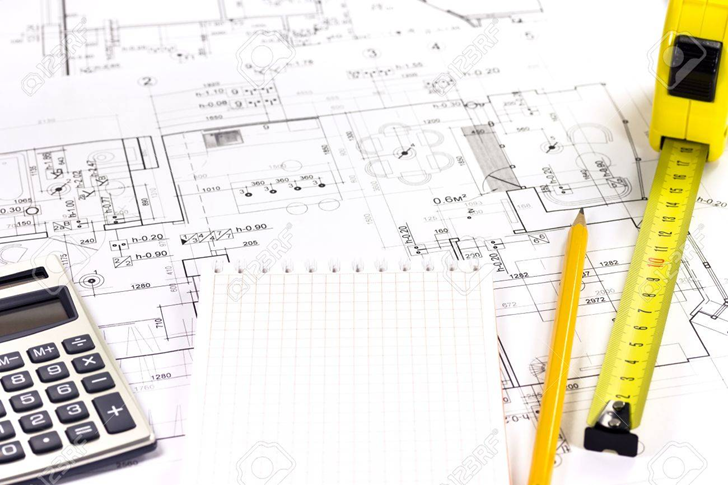
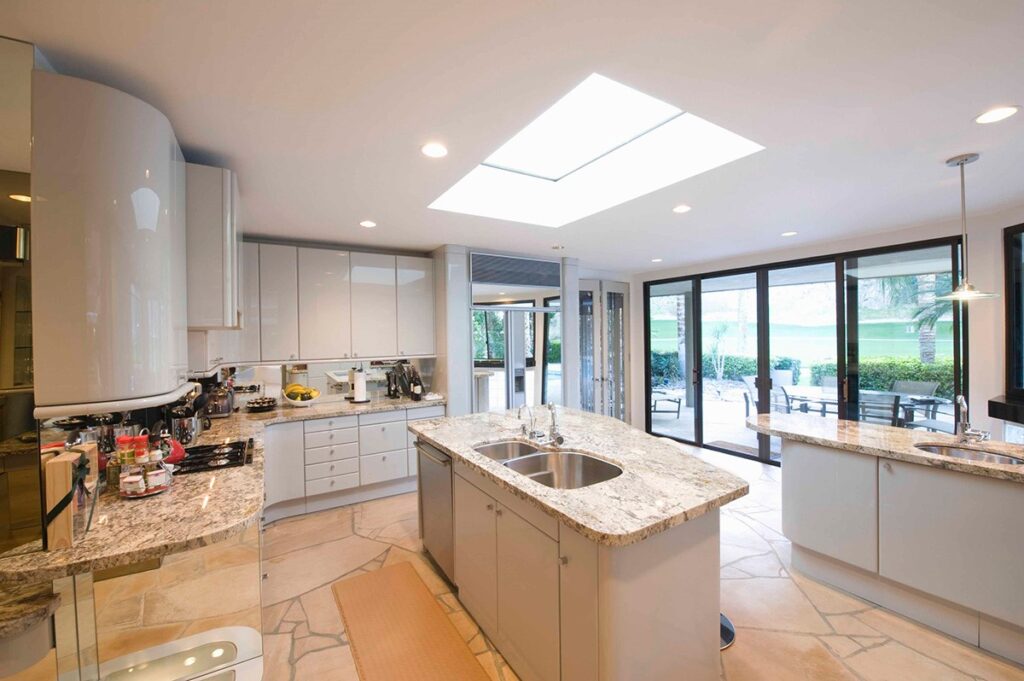
Consider Glazing
Once location and access are finalised, it’s wise to consider how to make the most of the natural light.
This will give you an idea of where the light must be directed in the kitchen, such as the cooking, dining, and living spaces, plus any storage spaces, since the more glazing you have, the less wall space there will be.
If the extension is south-facing, you may wish to limit the glazing and opt to add the extra light in the form of a rooflight instead.
It’s also worth comparing the different types of glazing available. Fixed rooflights create a dramatic overhead effect, while opening rooflights allow for ventilation as well as light. Lanterns add height and elegance, and walk-on rooflights can be incorporated into upper levels or terraces for a striking design feature.
Energy efficiency should be part of the decision, too. Low-E coatings, argon-filled double glazing, or even triple glazing can all help reduce heat loss. Thermal breaks in the frames also make a big difference to how well your kitchen holds warmth in winter and stays cool in summer.
Privacy is another factor that homeowners sometimes overlook. If your kitchen faces neighbouring properties, consider frosted or patterned glazing, or plan for integrated blinds. These additions let you enjoy natural light while still maintaining comfort and discretion.
Exterior Appearance
Be sure also to consider how your planned extension will appear from an exterior perspective. You might well be spending a good deal of time making everything exactly how you want it on the inside, but if you neglect the outside, you’ll never be able to create that seamless transition you’ve been looking for.
Think about whether you’d like your kitchen to match the current home exterior, or perhaps you’d like a traditional orangery or a glass box extension.
Plan the Layout
Once you’ve visualised the space, you can start thinking about the layout. At this stage, it’s worth chatting to your architect or designer, who can give you some ideas and use their experience to guide you.
Ensure you’ve got a clear idea before you move to the next step, for example, are you looking for a galley kitchen, an L-shaped kitchen, or would you like an island?
You could also consider a U-shaped kitchen, which maximises worktop space, or a broken-plan design that uses partial walls or shelving to create subtle separation within an open-plan area. Each layout has its own advantages, and the right choice depends on how you plan to use the space day to day.
Generally speaking, though, it’s a good idea to place the kitchen nearest to the original parts of the house and situate your living and dining area nearer the brighter parts of the room.
Traffic flow is another factor to plan carefully. Make sure the kitchen triangle (the route between the fridge, sink, and cooker) is kept clear. Following this principle helps make cooking and entertaining far more efficient.
What Else Should I Consider?
It’s important to ask yourself the following:
Will my utility appliances be housed within the kitchen or in a separate utility room?
Will you opt for integrated cooking and refrigeration equipment?
Will the extension incorporate rooflights, a vaulted ceiling, or both?
In terms of the practicalities, any good professional designer will understand how important functionality is and will consider this when bringing all of the ideas, wants, and needs together.
Once your basic layout is agreed, you can start to decide on aesthetic styles, such as the finish of the cabinets and worktops, down to the smaller details, such as the sinks and taps.
When you’ve finalised a layout, chosen a style, and found a supplier for your appliances and storage solutions, you’ll need to get a detailed plumbing and wiring plan created so the builders can factor this into the building phase.
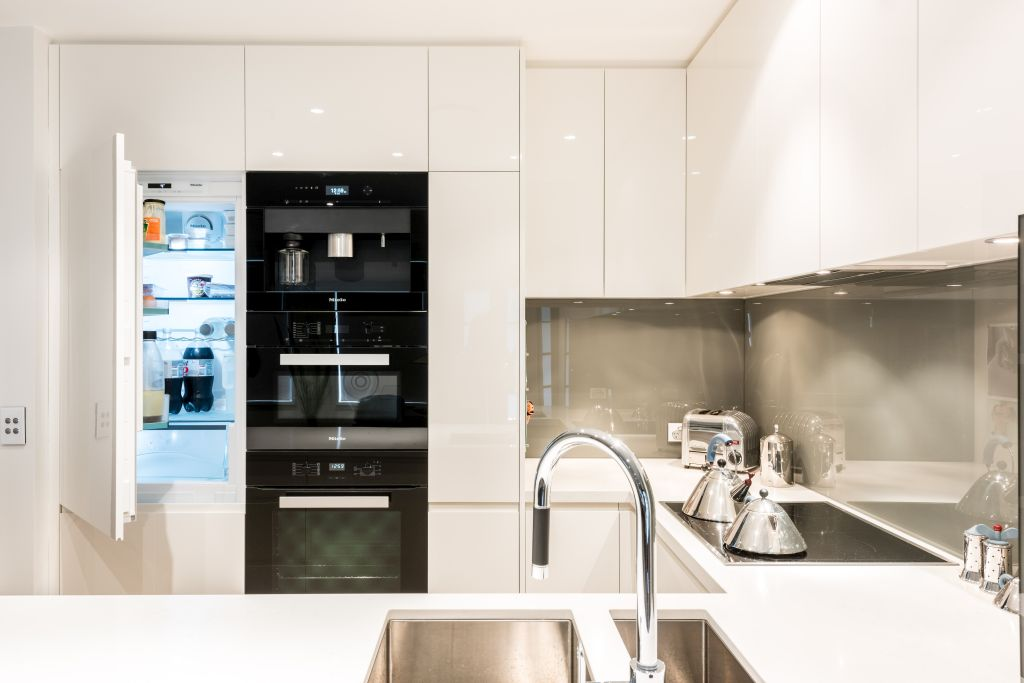
How Much Can I Expect to Spend?
Now that all the whys and wherefores are in place, you can start to figure out what you might be able to spend on each element of your extension and make any changes in areas that you think might require scaling back.
Of course, there are so many variables when it comes to costs, but as a rough guide, you could expect:
– Building Costs: Plan for anywhere between £1,200 – £3,000 per m2 and upwards
– New Kitchen Costs: Anywhere between £17 – £200 per m2
– Painting and Tiling: Decorators don’t come cheap, and the average in the UK for competent professionals is about £500. This is a step that could easily be performed yourself if you have the right knowledge.
– Flooring: Depending on the flooring type you choose, you could be paying anywhere between £20 and £100 per m2. It could be more if you’re planning to hire fitters.
– Building Regulation Costs: This depends heavily on the type of work carried out, but expect to pay anywhere upwards of £200.
Hidden costs should not be overlooked either. It is sensible to allow a contingency fund of at least 10 to 15 percent of your budget for delays, design changes, or issues uncovered during construction. You may also need to budget for temporary accommodation if the work makes your kitchen unusable for a period of time.
Extension costs vary wildly depending on the kind of thing you’re looking for, so this step is a must to ensure that you’re operating within your budget.
Applying for Planning Permission
If your project falls under permitted development, as we’ve mentioned, you won’t require any planning permission, but you may decide to apply for a lawful development certificate to ensure everyone is aware that your project is above board.
If you do require any kind of planning permission, you will need to apply to your local council, and you may require additional surveyance reports.
Whatever route you need to take, you will need building regulations approval. It may also be necessary to issue a party wall notice if you intend to build on or close to a boundary.
Delays often occur when the right paperwork or supporting documents are missing. Having clear architectural drawings, structural notes, and a well-prepared design brief will help the process move faster.
It is also worth arranging a pre-application meeting with your local planning officer. This gives you a chance to share ideas, understand any potential objections early, and build a positive relationship with the council before you formally apply.
Professional guidance can make a real difference, too. Architects and planning consultants are experienced in dealing with councils and can anticipate challenges that might otherwise slow things down.

Hire Reliable Professionals
When it comes to hiring builders, it’s imperative that you find reliable, competent professionals to work on your extension. Consider personal and professional endorsements, as well as trade bodies such as Checkatrade or the Federation of Master Builders.
Arrange to meet with at least three of the contractors vying for the work to obtain estimates, which they’ll be able to do after inspecting the drawings, plans, and spec documents.
Before agreeing to proceed, make sure you have a clear written contract in place that sets out timelines, payment schedules, and what is included in the work.
It’s also wise to check that your chosen contractor carries the appropriate insurance and can provide warranties or guarantees for the work completed. These details will give peace of mind and protect your investment.Kitchen extensions can be very stressful since they are at the very centre of a good portion of family life. They require a massive investment of time and capital to create the social hub of your home that you’ve always dreamed of. Yet even with the stresses and strains, the results are worth the blood, toil, sweat, and tears.
.
For more information about what we’ve covered in this blog or any other product in our range, including Korniche Roof Lanterns, Walk-On Rooflights, or Bespoke Rooflights, contact us on 020 3695 2308 or drop us an email at rooflights@lonsdalemetal.co.uk.

